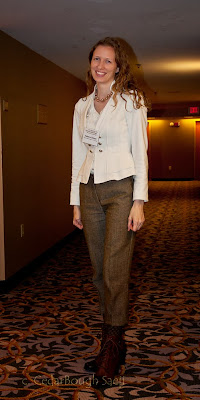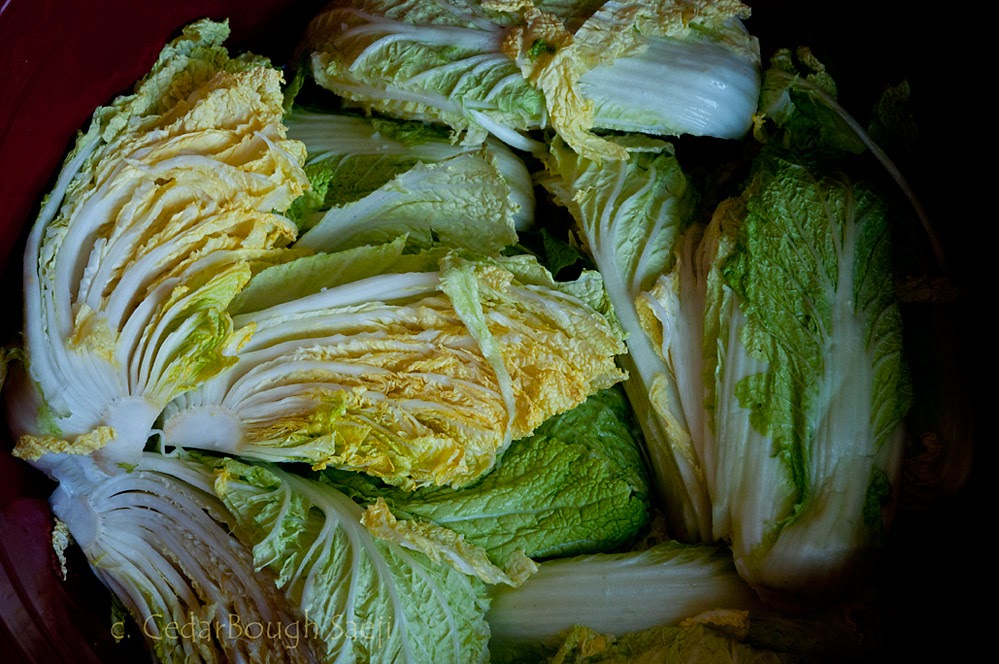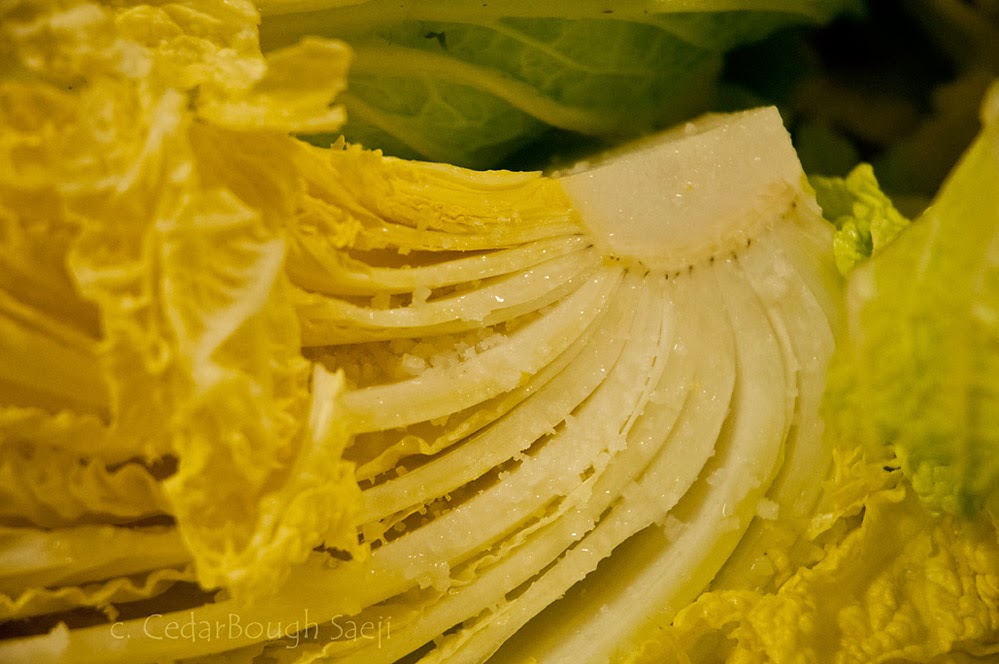I just returned from "Indy" last night, where I attended the annual Society for Ethnomusicology (SEM) Conference. It was quite the big experience, each day full and I wonder if I can do justice to the experience in a blog post.
General Intro
First of all, for my wonderful blog readers who are less familiar with academic conferences, just a little background info. Conferences are held by all the major societies once per year, and generally the timing is the same. For example, I haven't ever gone to the Asian Theatre Association conference, because it's always the middle weekend in June. As a graduate student in a quarter system school this meant that the conference was about the same time as my final papers were due and about the same time as I might be moving somewhere. It can also overlap with summer solstice. SEM has their conference in early November (this year was later than normal) and the Association for Asian Studies (AAS, my other big conference per year) meeting is in March (usually the middle of March, although 2014 is at the end of March). The conferences move cities each year, and are usually in really large cities like LA or Chicago or Philadelphia. When the conferences happen somewhere smaller the transportation headaches can be a real nightmare. This type of academic conference may have presentations all day, in multiple rooms, even extending into the evening. There can be 20 or more simultaneous presentations (very frustrating because there is always an overlap and you have to make tough choices about what to see) in different rooms. When you're lucky it's easy to find all the rooms and they are all within a couple floors of each other, when you're not the last day of the conference you're still wandering hallways, lost, and walking into talks late. Talks are grouped into panels to present research, or roundtables to discuss a topic of general concern to the members of the roundtable. At SEM there was a roundtable to talk about phenomenological approaches to the study of ethnomusicology, and another to talk about multi-faceted mentorships, among others. There are usually key-note speeches and an address to the whole membership, with no other activities scheduled during that time period. There are also meetings of interest to sub-groups, for example I am a member of two SEM sub-groups: the Dance, Movement, Gesture Section and the Association for Korean Music Research, so I went to those groups.

View out the window of our hotel at pre-dawn
Receptions
In the evening after all the panels are done there are various receptions, these can be hosted by a press, but usually they are hosted by a university with a larger department (or departments) devoted to the general subject of the conference. Receptions can have good food, and a free drink or more, but usually they have crappy snacks and increasingly they don't even have one free drink. UCLA, even though they have strong Asian Studies has never had an AAS reception when I was at AAS, this year they had one at SEM, but we didn't even get a single free drink and the snacks were overly-salty nuts, weird pretzels, dyed chips, and very crappy guacamole. Harvard, as you could guess, had better snacks (like grilled asparagus) and free unlimited drinks. The best reception I go to each year is that of the Korea Foundation at AAS. Last year they just kept bringing out food. And it was real food, people could get full! Receptions start on a rolling basis in the evening, and may continue until midnight, most continue for two hours, but there are other simultaneous receptions, and if your university isn't having one, you're free to go anywhere you want, or pop in and out. They are the best time to have casual conversations with people and make new connections-- of course it's nice if someone can introduce you to the right folks, but as I've gotten to be more of an old hand, I find I'm the one doing introductions, or people are being introduced to me. It's fun to feel the tables turning, because I definitely prefer to be the one who is helping others make connections!

For graduate students and anyone on a serious budget, conferences can be tough. Staying in the conference hotel is a good idea as you get to maximize your time at the conference, but still retreat to some quiet, or drop off books you bought in the publications room, without wasting a lot of time. The associations get deals on the hotels, and most people end up sharing beds and staying 4 people to a two double-bed room, although as I worry less about money I definitely want to shift to just having me in my bed. Even with four people in a room and the discount, a major hotel in a major city usually costs at least 55 bucks a night. In Indy we were stuck in the middle of downtown with no nearby grocery store (I prefer to go get some granola or granola bars and fruit and at least eat my breakfast in my room), and all the restaurants around were horrible franchises. Like pizza and steak and stuff like that. I found one franchise with a bunch of noodles from around the world, and went there twice, but otherwise it was sort of a food desert for someone like me. Smart students go to the receptions in a very timely manner so they can get more snacks, and they drop pieces of fruit and rolls and stuff into their bags. For me, with my diet, I'm usually lucky if there are more than a couple things I can eat in the receptions. One time I did the Master Cleanse for an entire conference. That was a good way to save money, but I think some people thought I was insane.
Highlights of the 2013 SEM Conference
One of the really cool things about ethnomusicologists and the SEM conference is the music. Basically every presentation has audio or video samples so the audience can get an idea what the presenter is talking about. There are also organized musical presentations (
this was one of the only ones I saw, I found a clip on FB and hope the link works-- the main SEM members reception featured this group, and this is a video of them as they left). There are also jam sessions. The best jam session I saw involved a LOT of UCLA talent (of course). I can share
one and
two videos of that, since I actually did a favor for my friend Dave (the guy playing the sax in the videos) and shot video on his phone of the whole circle. My friend Shalini's presentation had a video clip of a singer that made me wish she would be hawking CDs after the presentation. And Smithsonian Folkways had a booth where I got into lots of trouble. Or in other words I bought the new music I'm listening to right now:
"Classic Old-Time Music" (compiled by Jeff Place) as well as the following CDs:
"Traditional Music of the Garifuna of Belize" (by the way, I know from my friend Lauren that Garifuna is said with each accent on all four syllables Ga-rif-un-a and the /i/ sounds like the /i/ in sit. I used to say that Gar-I-fun-a.
Roscoe Holcomb "An Untamed Sense of Control"
and three CDs that include DVDs from the same series, Music of Central Asia (I already own another from the series):
Vol. 1 "Tengir-Too: Mountain Music of Kyrgyzstan"
Vol. 2 "Invisible Face of the Beloved: Classical Music of the Tajiks and Uzbeks"
Vol. 6 "Alim and Fargana Qasimoy: Spiritual Music of Azerbaijan"
I love having new music to listen to!

I got to spend a lot of time with people I really like at the conference. I like people who are in AAS, also, but I feel much closer to these fun music/dance SEM types than the general AAS membership. I was sharing a room with Rebecca, one of my closest friends, and presenting on a panel I organized with her and Leticia, another very close UCLA friend. I got to spend time just hanging around with both of them (although Rebecca was mostly stressing about her presentation and being on the job-market so she couldn't relax and just go find good sushi with me-- oh well, I can find good sushi in Korea, too). The UCLA folks, including Kate, Mike, Michael, Scott, Ryan, and Dave are all people I already felt really close to. There were also other cool UCLA folks there that I don't know quite as well. Other folks I could just relax and be myself around abounded, and if I try to list everyone I'll forget people. Anyway, there were a lot of people at the conference that I am in frequent contact with, whom I feel very close to. Since I'm living in a bit of social isolation out here in our mountain-valley campus, it was really nice just to have relaxed fun conversation.
And of course I got to see a lot of inspiring papers. I think the one that hit me over the head the most was the first one I saw, by Nancy Guy. She gave me permission, through her talk, to write/speak about this research and the motivations of the performers I interact with as being based in
love. Maybe that sounds obvious to you, but scholarship tends to avoid words such as "love," as if using this term makes your work sound unprofessional. If I was a good blogger, I would return to this topic and write a whole blog on it. Don't hold your breath. Other really great papers I saw presented were by Henry Spiller, Katherine Lee (even though I'd already seen a version of the same paper), Shalini Ayyagari, and Christina Sunardi. The best graduate student presentation I saw was by Ryan Koons-- it was on who sings the roles of castrati from baroque opera in the modern era, since we aren't castrating boys anymore.
Ryan Koons answering questions after his presentation
I saw some dud papers, too. That always happens. But the inspiration of going to a conference like this is more than just the papers you hear presented, it's the conversations about your scholarship and other's scholarship that occurs informally at receptions, in the hallway, even in the elevator. You get such great ideas by talking casually with thoughtful, well-trained scholars who work on performance, even if it's not in your area of the world.
The two subgroups I'm active in were both interesting meetings. Dance, Movement, Gesture (DMG) included a keynote speech by Anya Peterson Royce, who is the grand-dame of scholarship on dance. It was amazing just meet her, and she summarized the entire history of dance scholarship, more or less, so that was a great lesson, too. The AKMR meeting included a lot of discussion about how we'd provide funds for a graduate student to attend SEM meetings, which is a very worthy goal.
My presentation came off pretty well. I was much too nervous when it started, with Jeff Todd Titon as the chair and Atesh Sonneborn as the discussant, I suddenly felt I'd bit off more than I could chew, and the live-streaming audience aspect of the talk (one panel per session is live streamed and archived on the internet) made me even more jittery. My hand was shaking as I held the paper for the first three or four minutes. Also, I had to use the mic, which was weird for me. I got three good questions before my time was up, and participated in the discussion afterwards, although I wish I'd expressed myself better at that time. Atesh led the discussion into a much more philosophical place than I felt comfortable in.
Thankfully I asked Sydney to take this single photo and it came out well-- because on the day that Leticia, Rebecca and I presented, I totally forgot about photos
Directly after the presentation Rebecca and I hurried to the airport. I was lucky, my plane left on time. Tornadoes later in the day forced most other attendees, including Rebecca (her plane was scheduled to leave the same time as mine), to take other flights, even a day later (the aircraft control tower had to be evacuated due to safety concerns at one point).
Final photo is of Leticia and I-- this is my new awesome hanbok. Nice, huh?!!!













































